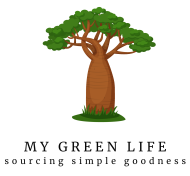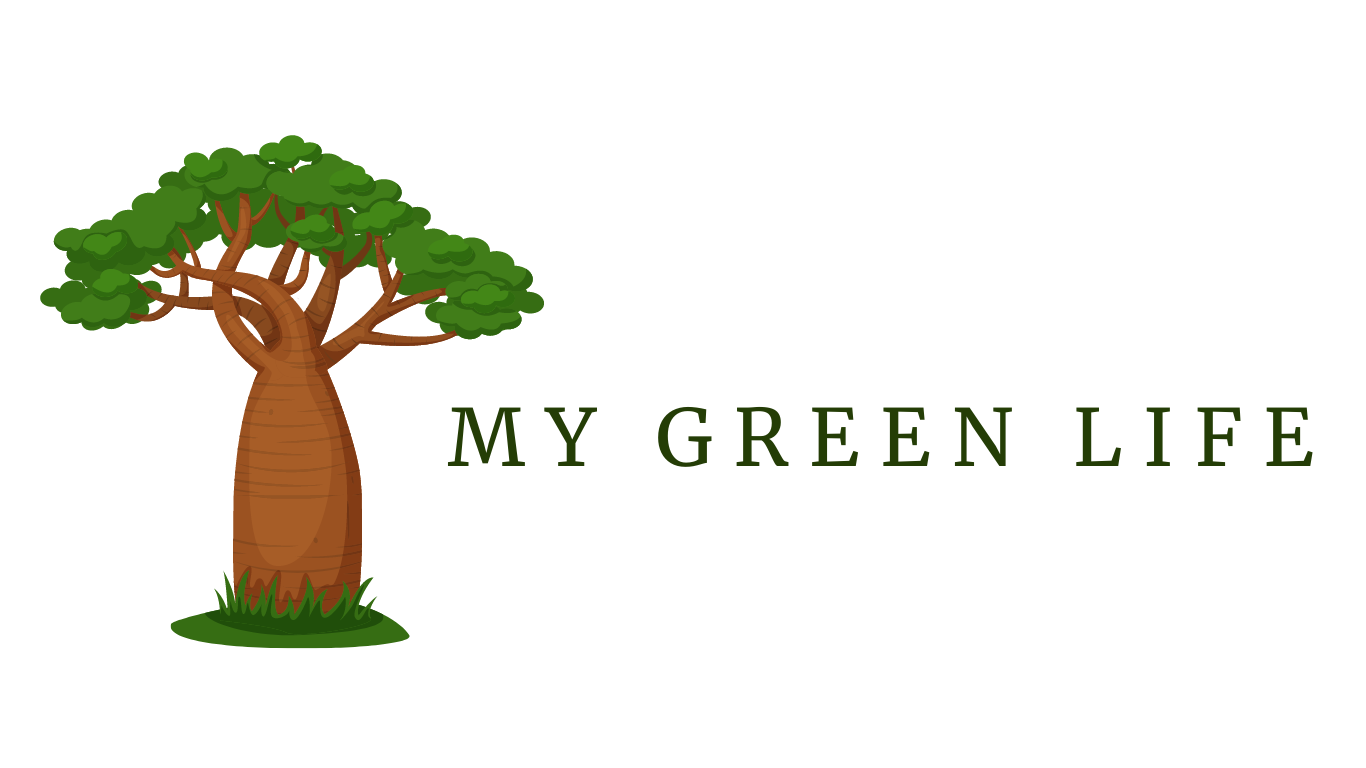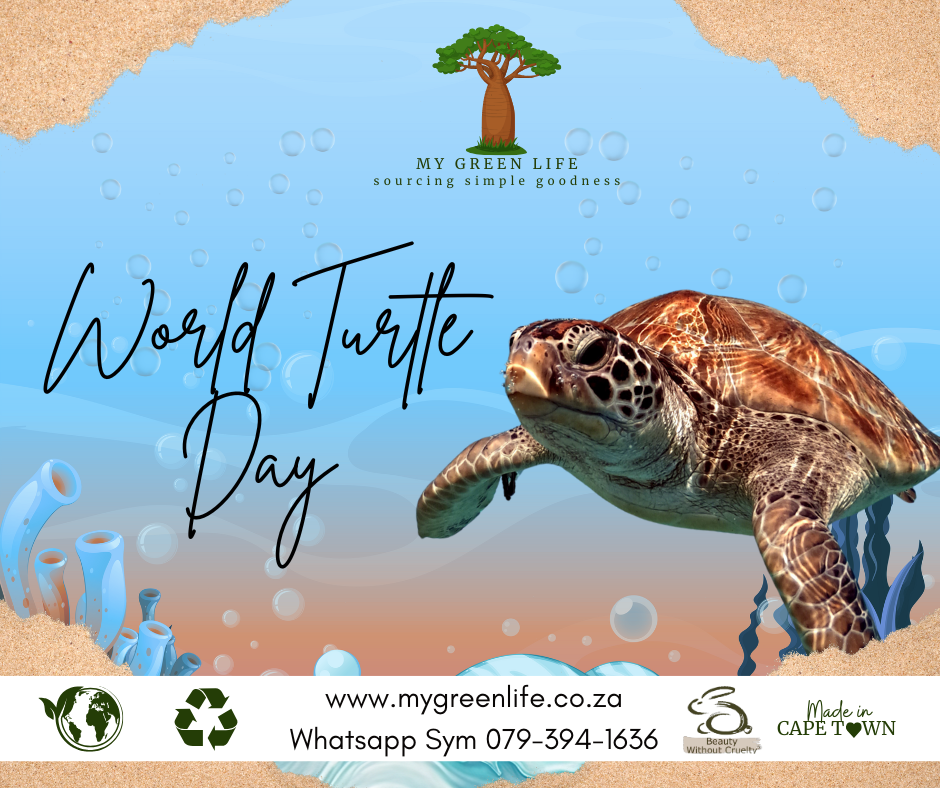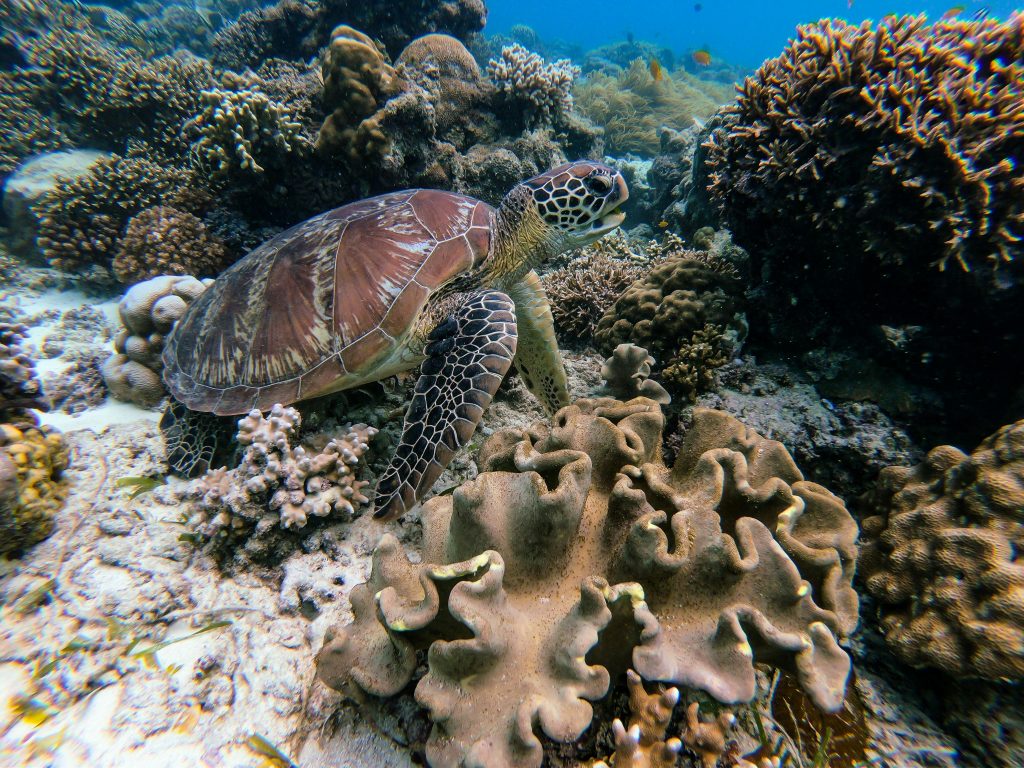23 MAY: WORLD TURTLE DAY
Today we ‘Shellebrate’ not only Turtles but Tortoises as well. There are many species of turtles. South Africa is home to leatherback, loggerhead, and green sea turtles, as well as angulate and Bell’s hinged tortoises. In the Sea turtle species, we find the Leatherback and Loggerhead turtles that nest on the beaches of northern KwaZulu-Natal; […]
Today we ‘Shellebrate’ not only Turtles but Tortoises as well.
There are many species of turtles. South Africa is home to leatherback, loggerhead, and green sea turtles, as well as angulate and Bell’s hinged tortoises.
In the Sea turtle species, we find the Leatherback and Loggerhead turtles that nest on the beaches of northern KwaZulu-Natal; the GreenTurtle is a non-breeding resident and the Hawksbill and Olive Ridley turtles are strays in South African waters.
We focus on the Green Turtle which is one of the most endangered species of turtle.
The green turtle is so named because the fat layer underneath the shell is green. The external colour of these turtles ranges from a very dark brown to a light brown mottled colour. They reside in South African waters but occur globally. Adults graze on algae and plants, growing to weigh up to 395 kg. Green turtles navigate using the Earth’s magnetic field. They are also the most widely distributed turtle, nesting in 80 countries. Unfortunately, green turtles are endangered and declining in numbers rather rapidly.
Adult green turtles are herbivorous and feed mainly on seaweed and sea-grass and thus can often be seen close inshore, basking at the surface and often take to the shores to suntan, one of the few marine turtles known to leave the water other than nesting times. During nesting season, female green turtles lay up to approximately 600 eggs per season. Nesting occurs on the islands of Mozambique and other Indian Ocean islands. Unfortunately, on some of these islands, green turtles have been hunted almost to extinction.
Reducing runoff from cleaning products and minimizing plastic pollution are key steps in preserving marine life, including turtles. Plastics in the ocean pose a serious threat to turtles, as they often mistake them for food, which can be fatal. Additionally, harmful chemicals in cleaning products can affect water quality, harming both marine life and the ecosystems they depend on.
Choose chemical-free cleaning products not unlike My Green Life, 100% natural, chemical free and plant based makes for safe environments for turtles and other sea life.









 EN
EN
